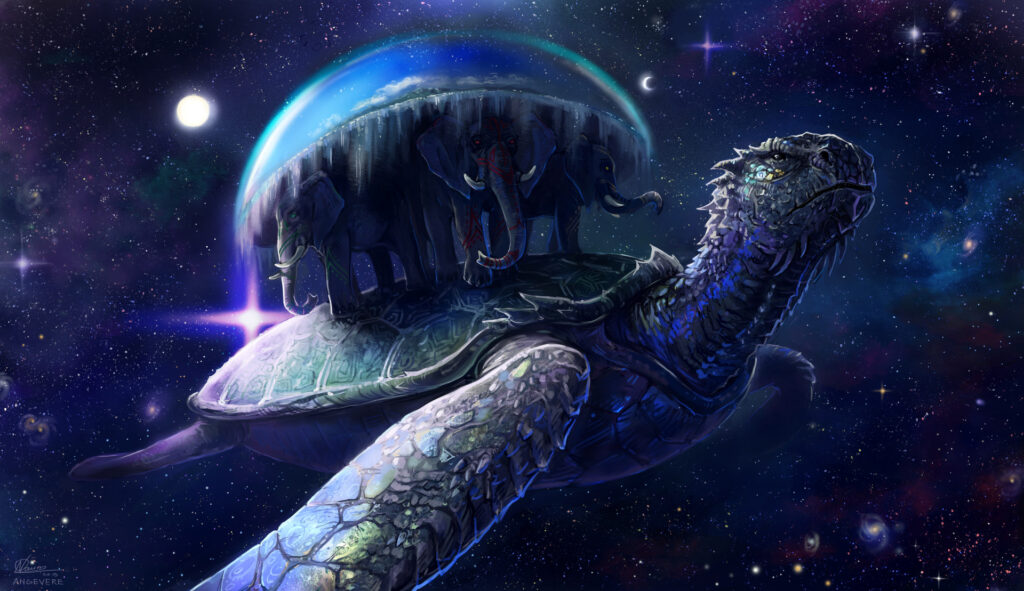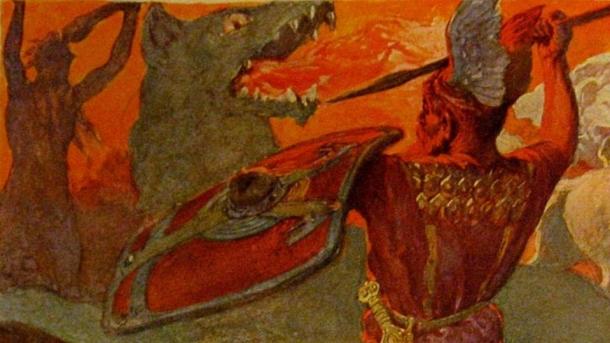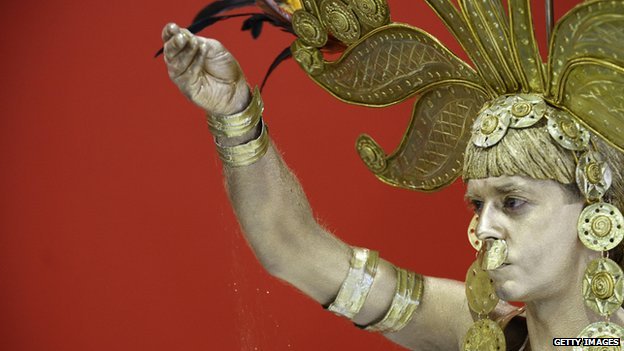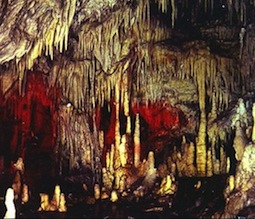Ancient myths describe a world order where the Earth rests on elephants, which in turn stand on a giant turtle. Many people greet this concept with skepticism, considering the ancients’ ideas as naive. However, the ability of ancient civilizations to preserve and orally transmit significant information through centuries and millennia is remarkable. If we entertain the notion that our ancestors possessed greater knowledge than we do, it inspires even more awe.
We aim to present an alternative perspective on the ancient peoples’ conception of the world and its structure. This represents our personal viewpoint and should not be regarded as definitive truth.
In this view, the ancients might have pictured the Earth as a turtle navigating the oceans. The idea that elephants stand on its back, supporting our world, represents their conceptualization of the world’s structure. It’s crucial to understand that this is not a literal representation of the planet, but rather a metaphorical way for people of that era to express their understanding of the world. We will now attempt to elaborate on this, presenting two interpretations of the ancient worldview.
Option I: Turtle is land in the ocean
Long ago, our planet was engulfed in water, with land slowly emerging over time. This gradual process led to the formation of a vast continent known as Pangea. To help visualize ancient Earth, consider a map that places modern countries on Pangea; it reveals a singular, immense landmass, which is the current scientific consensus.
Pangea might be likened to a colossal turtle navigating the Tethys Ocean, akin to a visual illusion where animal figures or creatures emerge from abstract shapes, a phenomenon known as pareidolia, common among those with vivid imaginations.
Whether ancient humans could have perceived this vast continent, especially from an aerial perspective, is uncertain. Yet, if they had the means, they might have discerned the land’s turtle-like contour.
In Hindu mythology, Vishnu’s incarnation as the great turtle Kurma serves as the universe’s foundation. In contrast, the Chinese creation myth diverges from this narrative.
Option II: Turtle in space
In the ancient Chinese imagination, a giant Turtle wandered the vast heavens.
North American Indians held the belief that the Earth emerged and rested on the back of a giant turtle. They envisioned that, in time, the Turtle would grow and carry the Earth into space. Notably, these Indians have a term for “land” that is linked to a turtle – they call it “Turtle Island.”

In certain myths, a turtle supports elephants on its back. These elephants are not typical terrestrial beings but are symbolic in nature. Various legends cite differing numbers of elephants, typically three or four.
Other myths depict the Earth as being supported not by a turtle and elephants, but by three whales. However, this variation does not alter the fundamental meaning, as both whales and turtles are symbolic entities in these narratives.
Three elephants
We inhabit a three-dimensional world. Our planet is a member of the solar system, which moves in an orbit resembling a flattened disk at the poles, situated in a two-dimensional space. Indeed, the solar system is akin to a flat disk, with the majority of objects clustered within it.
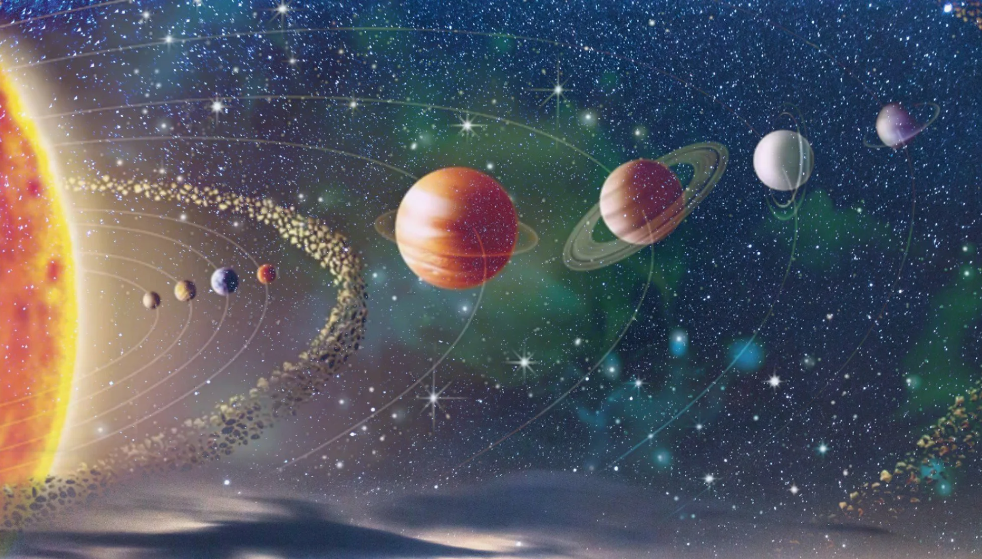
“The earth stands on three elephants” is a metaphorical phrase that may represent the three fundamental dimensions of the world: length, width, and height.
“Three elephants stand on a turtle” could signify that the three-dimensional space surrounding the Sun is stable and divided into eight sectors. In ancient China, the tortoise shell, commonly used in divination, was segmented into eight outer squares surrounding a central one, known as the “Lo Shu square.”
“A giant turtle swims on the ocean’s surface” metaphorically illustrates the movement of three-dimensional space, depicted as a “bubble,” within two-dimensional space.
The three elephants could symbolically denote the past, present, and future, while the turtle represents space, and the elephants denote time. Space and time are interdependent, and with the emergence of Earth as a cosmic entity, the measurement of terrestrial time commenced.
Is the earth flat?
In some narratives, where the Earth is supported by elephants standing on a turtle, it’s important to recognize this as a metaphorical depiction rather than a literal interpretation of a flat Earth. It appears that ancient civilizations had a more complex understanding of our planet than we often credit them with. They might have even explored their planet and solar system extensively. We propose two reasons for the simplicity of mythological descriptions.
Firstly, myths, often narrated to children, served as a means to transmit information in a digestible manner. They may hint at ancient civilizations on our planet with the capability for space travel. For instance, a turtle in myths might represent Pangea.
Secondly, it’s improbable that ancient people, with their extensive knowledge of the solar system, actually envisioned the world as flat. It’s more likely that the knowledge passed down to us was altered by those who failed to grasp its significance.
Delving into ancient myths suggests that human history might be intertwined with either the presence of advanced civilizations in the past or the loss of knowledge and technology necessary for building monoliths, space travel, and advancing sciences like astronomy, mathematics, physics, medicine, and more.
Scientists believe that Pangea existed during the late Paleozoic to early Mesozoic eras, around 335 to 175 million years ago. This raises the question of whether humans or other intelligent beings inhabited our planet at that time, possibly imparting their wisdom to emerging humanity.
Indeed, the turtle serves as a metaphor employed by ancient sages to elucidate the universe’s laws. Similarly, this symbol finds a parallel in the concept of Turtle Island, as termed by the Native Americans of North America.


